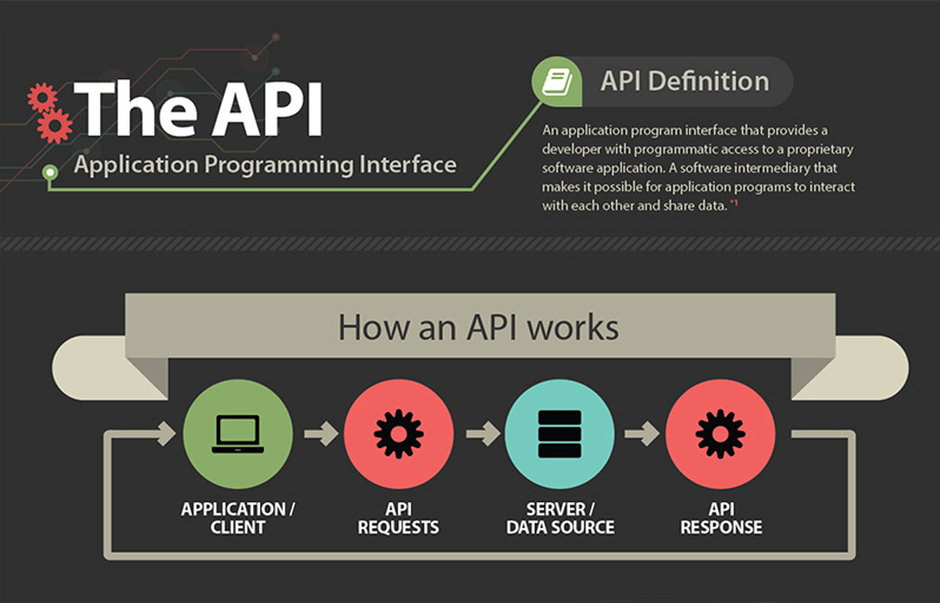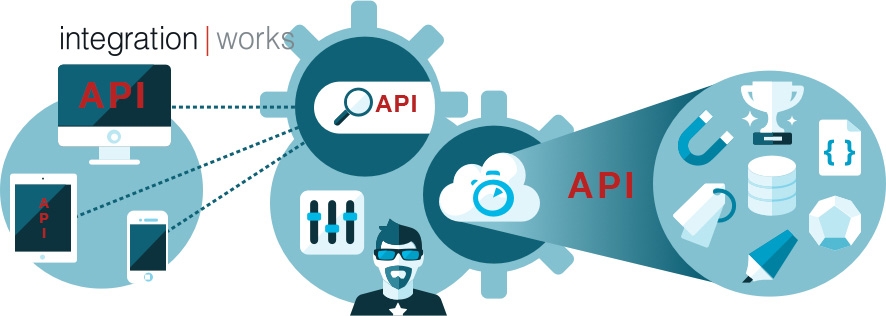Regardless of the type of app, you are building, there are some chances that your application will be a part of an ecosystem of services in the future. This is far more likely if you are developing a cloud-based app. If that is the case, you should definitely have a closer look at the concept of an API-first approach.
Nowadays, APIs are central to the success of almost any IT company out there. Companies are now using APIs to grow their user base and in turn their business. By having a number of services based on your API, you can actually have an ecosystem of apps in the palm of your hand.
API-First Design
So what exactly is API-first approach? Well, this design concept consists of developing an API first and then building an app on top of it. By following this concept, you will ensure that your future application is developer-friendly and that it’s adapted to the needs of a real world.

And as its name suggests, the first thing you should do is to create an API from scratch. By doing that you could target the interests of a developer that will build a whole application on top of your software.
That way, you will make the process of creating your API’s foundationless time-consuming. After laying the foundation, a need for the services that are going to interact with your code is going to emerge.
This is usually done by a few teams working together. The API-first design concept should ensure the perfect collaboration between those teams, by giving them the possibility of working against each other’s public contracts without damaging the developing process.
The Principles of API First Design
Like every other design process, API-first has some principles that you should follow if you want to implement it properly. In order to help you understand the entire process more easily, we’re going to go over these principles in detail…
- Your API is the First User Interface of Your Application
The API first design concept implies that the first interface of your future application is your API. Your future users will develop against your API, and you need to build it with them in mind. Naturally, the way your product will expose its functionality is with your API. If you have a functionality that is not covered by your API, that means it couldn`t be covered by GUI, CLI, and VIE.

Because this concept is pointing out your API as the most important part of the application you are developing, you should invest a lot of time designing your API. Same goes for your GUI. You should think hard about what is your API purpose, what your API should expose, and how it will grow in the future.
- An API is More Important Than the Implementations
After you chose the API-first design concept, you will see that an API deserves your full attention. In addition, you will see that APIs have a life of their own. They will stay the same, even when all of your application`s elements could be changed. Those other elements could be changed due to optimization, refactoring, and increasing the functionality of an app.
It is crucial for you to think about your API in terms of increasing its flexibility and future growth. The important thing is to minimize the chances of breaking down the whole application. By seeing your API as the separated from its implementations, you will separate the API development and the implementations more easily. Your API will become more important than implementations, instead of being a foundation for future development.

- Describing Your API in Detail
The last important principle of API-first design concept has a lot to do with the way people are going to use your API in the future. If you don`t have the proper documentation for the API, and you didn’t participate in its development, it is very hard to understand that API. For that reason, the documentation an essential part API design. Without proper REST API docs, the users would probably only get lost and after a while, try another API instead of yours.
When it comes to the documentation, there is a standard pattern that needs to be followed. Developers who are working on the documentation need to predict a number of surprises and errors that could potentially emerge in the code. The best solution to this issue is to look into self-descriptive APIs. The self-descriptive APIs make the documentation a part of the interface and allow the developers to find out more about the API while they are using it.
Conclusion
The API-first design concept is an approach to developing that is flourishing right now. As APIs are finding their way into more and more aspects of the computing world, we can only expect more people to go the API-first route when it comes app design.

We’ve looked at some of the more important API-first principles. They will definitely help you use the process and make the most out of it. When it’s all said and done, if you really want to try the API-first approach, following these principles is crucial for the success of your application.
Thank you for reading our article. We hope that you found it helpful and insightful. If you have something to ask or add, feel free to leave a comment down below and we will respond quickly.
